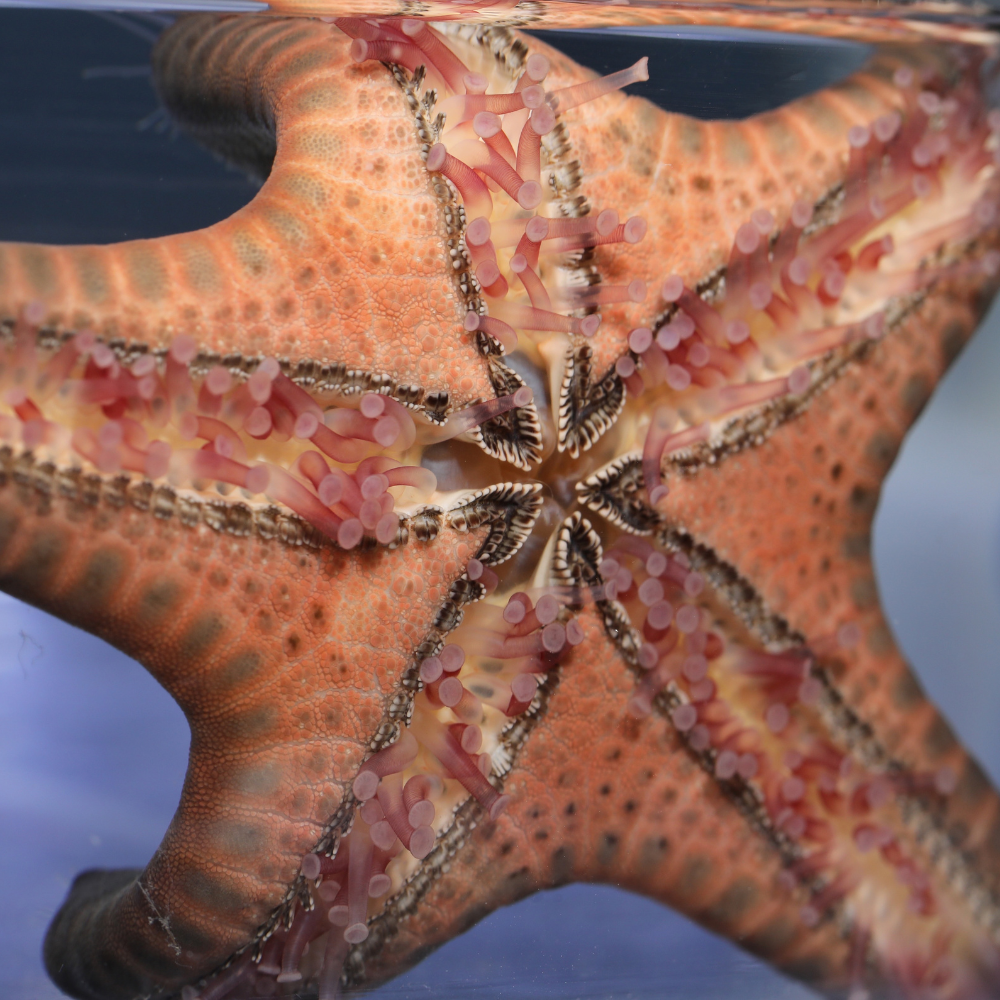The Evolution of Flight Membranes in Mammals
Mammalian flight is an incredible ability that has evolved in many different species, including bats, flying squirrels and several types of possums. Interestingly, each of these flying species has evolved a lateral flight membrane, known as a patagium, between their forelimbs and hindlimbs. This structure generates lift and allows for directional movement during flight. However, little is known about how these flight membranes develop.
To investigate this, Assistant Professor Ricardo Mallarino from Princeton University and collaborators studied the marsupial sugar glider, a species that gives birth to underdeveloped young that complete their development inside their mother’s pouch. The sugar glider is a suitable model system for studying patagium formation because the patagium develops several days after birth.
The team found that a gene called Wnt5a is responsible for promoting the differentiation of the patagium primordium in sugar gliders. With assistance from Developmental and Cell Biology Professor Maksim Plikus and Postdoctoral Fellow Raul Ramos, they found this gene plays a similar role in skin morphogenesis processes that predate mammalian flight. Furthermore, the team discovered that many genes involved in limb development have been repurposed for patagium growth in both sugar gliders and bats.
These findings suggest that there may be deeply conserved genetic systems that contribute to the evolutionary transition to flight in mammals. The repeated evolution of patagia in different mammal species indicates that there may be a shared molecular basis for its development.
By understanding the mechanisms that control patagium formation, scientists can learn more about how new physical traits and characteristics arise from older, more established processes that have been preserved throughout evolution. This can help researchers better understand how mammals — including humans — grow and develop from embryos into fully formed individuals. With further research, we may uncover new findings about mammalian development and gain insights into how complex traits like flight have evolved.
The study can be found in Science Advances.




